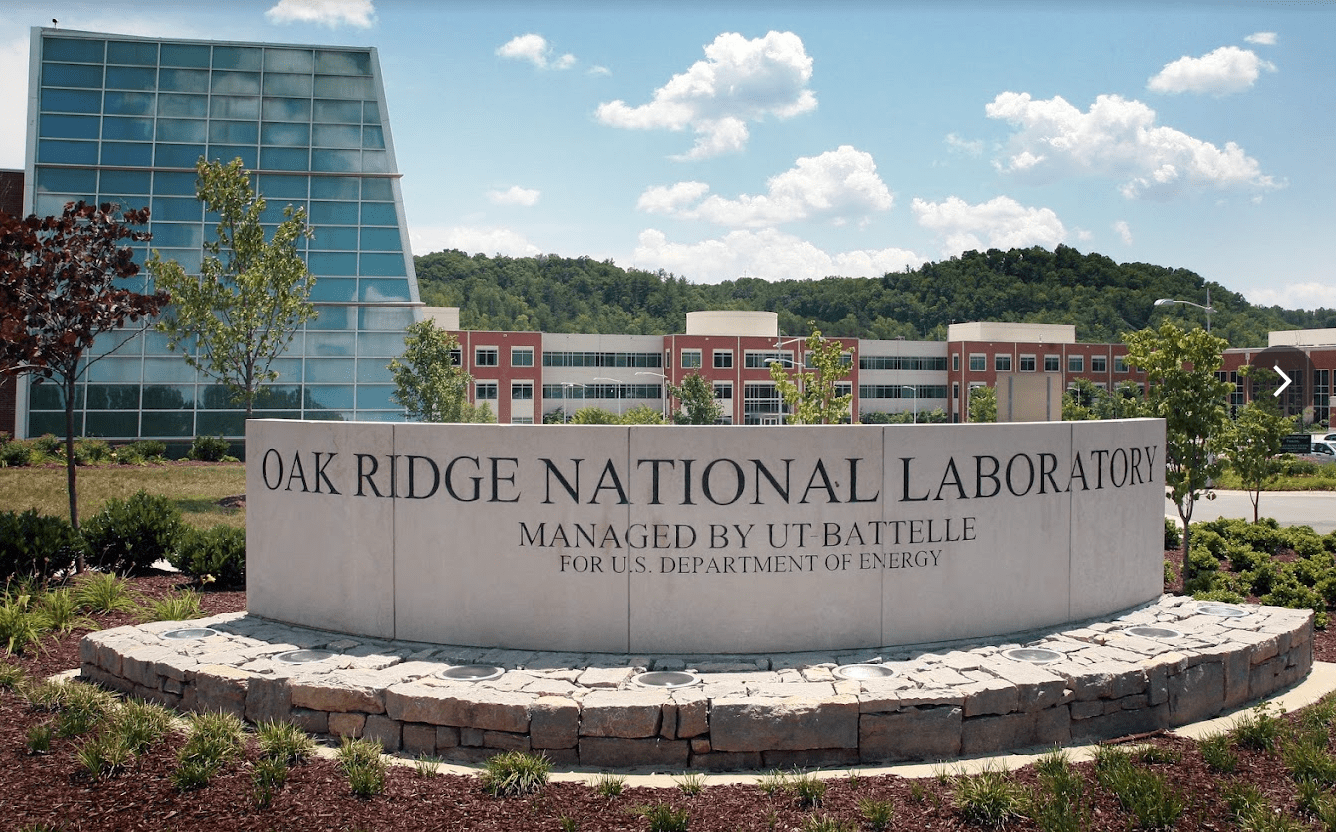Insider Brief
- Quantum Brilliance and Oak Ridge National Laboratory (ORNL) have partnered to integrate QB’s room-temperature quantum accelerators with ORNL’s high-performance computing (HPC) systems, aiming to explore parallel and hybrid quantum computing.
- The collaboration focuses on developing new computational methods and software tools that leverage the synergy between quantum and classical computing, with potential applications in solving complex problems currently beyond classical computing’s reach.
- This partnership is a step in advancing quantum computing technology and a leading effort in integrating quantum computing with HPC infrastructure.
- Image: Oak Ridge National Laboratory
PRESS RELEASE — Quantum Brilliance (QB), a global leader in diamond-based quantum technology, today announced a strategic collaboration with Oak Ridge National Laboratory (ORNL) to build a joint platform that enables collaborative development of quantum computing with high-performance computing (HPC) by exploring the on-premises integration of QB’s quantum computing cluster into HPC systems at ORNL.
This collaboration aims to enhance the synergy between quantum and classical computing by leveraging QB’s deployable room-temperature diamond quantum accelerators and ORNL’s state-of-the-art HPC infrastructure. It underscores both organizations’ commitment to pushing the boundaries of computational capabilities and advancing scientific research, marking the beginning of a long-term partnership.
By joining forces, QB and ORNL demonstrate their leadership in the evolving quantum computing industry, operating at the forefront of integrating on-premises quantum computing hardware with HPC infrastructure, pioneering this groundbreaking field of technology.

Key Objectives of the Collaboration
The collaboration will focus on integrating an on-premises cluster of QB’s quantum accelerators with ORNL’s HPC systems to explore the performance and effectiveness of parallelised and hybridised quantum computing. Parallel quantum computing refers to multiple quantum processors working together to solve a problem. Hybrid quantum computing refers to both quantum and classical processors working together on a problem.
“Parallel quantum computing holds transformative potential for scientific discovery and industrial applications that require high-performance computing,” said Dr. Travis Humble, Director, Quantum Science Center at ORNL. “Partnering with Quantum Brilliance allows us to explore effective integration with our existing HPC systems, paving the way for groundbreaking advancements that will inform the design of future HPC infrastructure.”
The team plans to co-develop new computational methods that exploit parallel and hybrid computing and new software tools that will enable users to implement those methods and develop their own. New knowledge of the hybrid computing systems is expected to enable ongoing co-design of superior computing systems, and the infrastructure tools and practical know-how to manage operations.
The inclusion of quantum accelerators alongside high-powered classical computing opens the door for the discovery of solutions to certain complex problems currently unsolvable with classical computing alone.
“This collaboration represents a significant milestone in our mission to bring quantum computing to practical applications,” said Mark Luo, CEO of Quantum Brilliance. “By integrating the world’s first cluster of room-temperature QPUs with ORNL’s leading HPC infrastructure, we aim to demonstrate the benefits of parallel quantum computing. This is a critical milestone towards achieving massively parallelised quantum accelerators, which we believe will be the preferred architecture in HPC centres.”
Quantum Brilliance’s efforts are supported by the funding from the ACT Government.


















